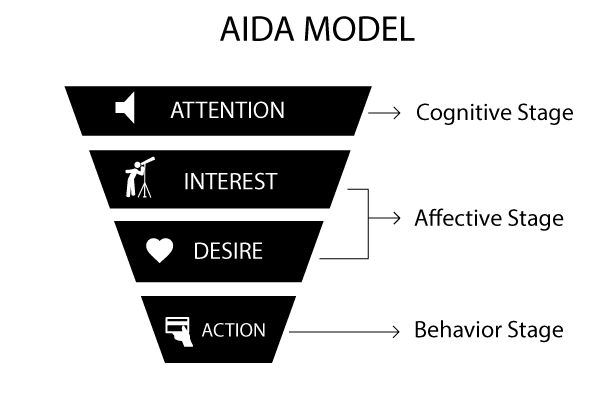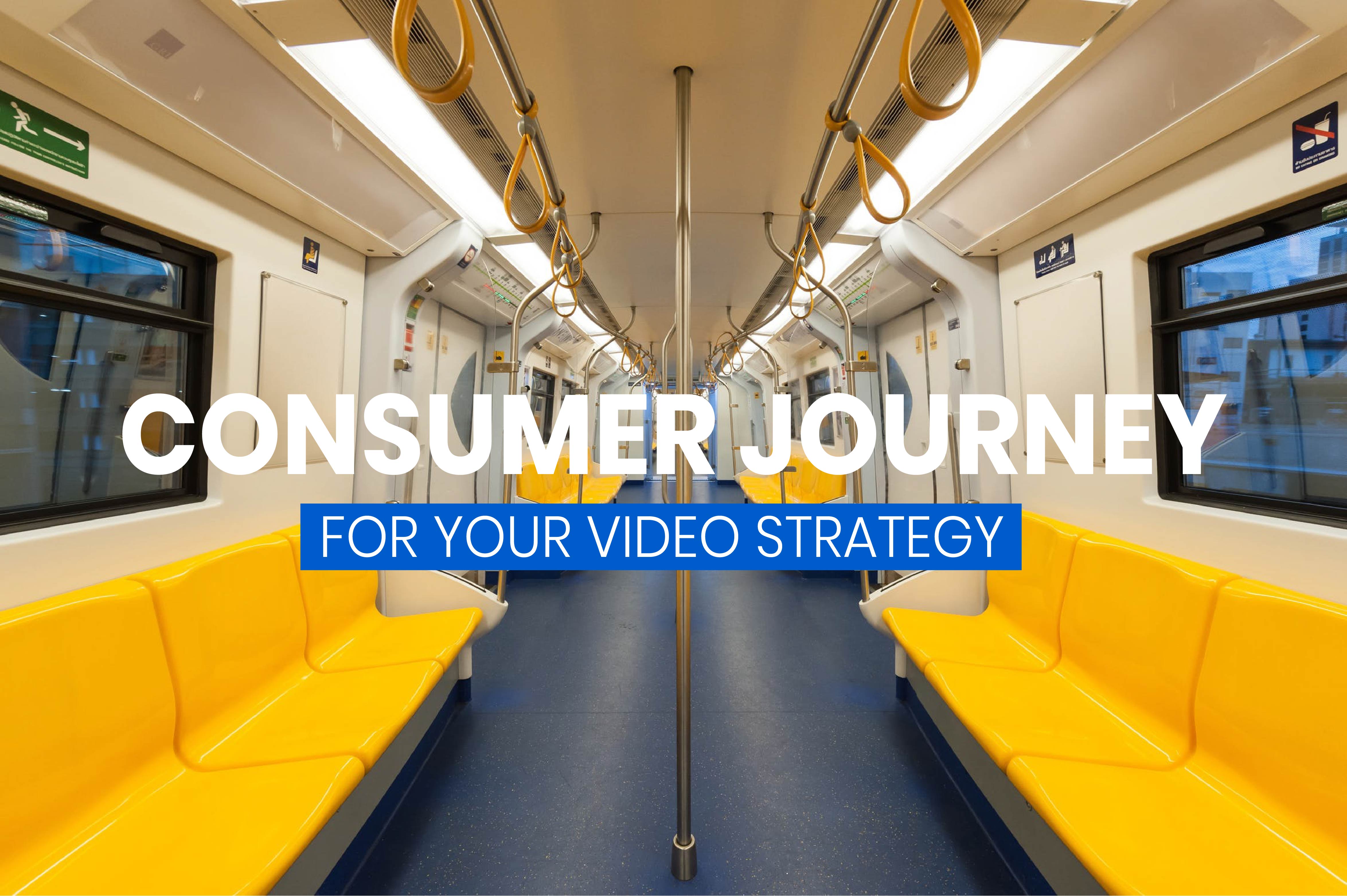Every marketer knows the importance of the consumer journey. It is the step-by-step process to help your user fulfil their needs, guiding them through the buying process in a comprehensive and effective way that maximizes the customer experience.

Understanding the consumer journey goes beyond just knowing what your consumers want. It is about understanding the purchase habits of your online target audience, knowing how they found your website, spotting behavior patterns, and analyzing the payment process. Deciding which phase to focus on will help to align your video strategy accordingly.
So… what does this have to do with videos?
Creating a video is very much like selling a product. You need to be aware of your target audience, the way they consume your content and know which phase of the consumer journey they’re at. It is no easy task to create a video, the challenge that most people face is ‘what type of video do I create?’. Even though it is a basic question, the truth is that not every video can be used to achieve every objective, and there is a video strategy behind every successful video. A good video strategy would distribute across masses and platforms to gain as many views as possible. This phase is called Awareness (or awareness, as seen in the image).
Secondly, videos that are used to grab the viewer’s attention and spark interest belong in a phase called The Interest. Finally, videos that advertise your content to viewers belong in a phase called The Decision. Each phase has their own purpose, and needs to be used appropriately to maximise the efficiency of your video strategy.
The Awareness.
What is a viral video? How do you create a video so attention grabbing that it rakes up hundreds of thousands of views? How can you use it in your video strategy? Viral videos are not just funny animals or delicious recipes. Viral videos are a powerful tool to drive brand awareness and attract attention to your website. (Click here to see Gram’s website services)
So how do you create a video strategy to gain awareness?
- Short videos are more effective in grabbing and retaining attention. Videos that get more views are typically less than 3 minutes long. (Read more about short video strategy here)
- Attention grabbing thumbnails are almost 100% effective in getting more views. After all, people often get drawn in by thumbnails because they are a preview of the video itself. Read more about how to optimise your Youtube videos here.
- Spread it on all your social media platforms. YouTube, Facebook, Twitter and LinkedIn etc.
- Most importantly – have fun with the video. Be as creative as you can, and know that the more engaging the video is, the more chances it’ll have to go viral. If the objective of the video is to drive your audience to your website, it is fine to include your CTA that will actually drive action after your audience watches your video.
The Interest.
This is the second phase in your video strategy. Similar to a regular retail consumer journey, this is the stage where you interest your consumer with how wonderful your product is. At this stage, your viewers already know who you are, so this is the time for you to attract them by giving them details of your product/service.
How do you spark interest in your videos?
- Spread your product – These are videos that communicate your message so don’t spam them with information, spread your content wisely so that your viewers can have a variety to watch, a bunch of small videos can create more engagement than a single large one.
- Localise – Keep these videos in environments that you can control, such as your website, so that the user is not distracted by external components.
- Gate them – Fishers collect data so using events and CTAs to access data from your viewers is a great idea, but do it smartly. Show them some content, let them navigate through videos and then ask for their information subtly.
The Decision.
These are your strongest, most persuasive videos. They serve to promote your brand, putting it up on a pedestal and glamorizing every detail, every aspect of it to push the user through the buying journey and fulfil the objectives of your video strategy.
So how do you create a strong decision video?
- Strong CTAs. – Typically, by the time a user encounters this video they already have an idea of who you are, so the main objective should be to persuade and convince.
As you can see, implementing a good video strategy is more than just posting videos. Tailoring the content of your videos can provide a smooth experience for your target audience from the first moment hear of your brand, and guide them through the consumer journey and continue to create engagement throughout the lifecycle. All of this can be achieved with the convenience of watching online videos.



